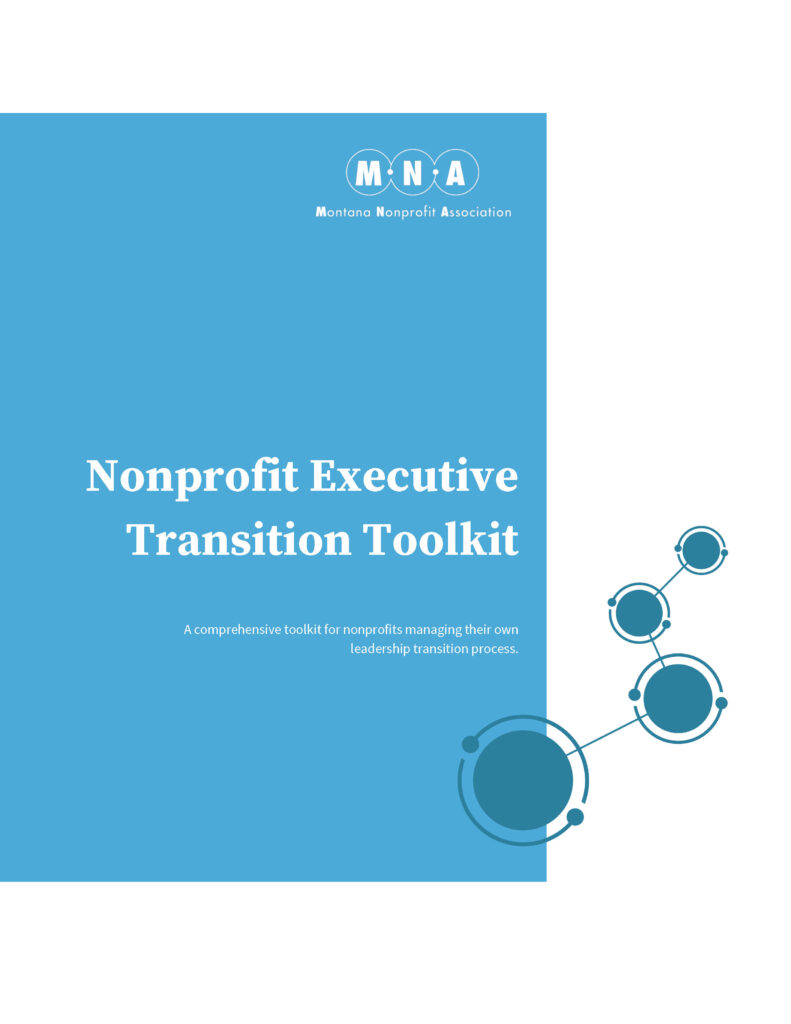This blog was written by MNA Affiliate member, EOS Transition Partners. Visit their website for more resources focused on helping nonprofits navigate leadership transitions.
So, your organization is beginning the process of transitioning to a new Executive Director. And, it is evident that there is a strong internal candidate – someone who has been groomed these last few years by the departing ED. That’s great – and consider yourself lucky! Developing leaders from within not only builds an organization’s strength, but also provides pathways to leadership for talented staff.
But do you really need to do an external search? This person knows the organization inside and out and has the trust and respect of the ED (and Board, possibly). Here are some important things to consider for making this a successful experience for the candidate and the organization:
Be crystal clear about what your organization needs in its next executive director.
Assess your organization’s needs in the future before comparing the criteria to your internal candidate’s capabilities.
- Clearly identify the leadership qualities required for the organization’s future — the next 3, 5, or even 10 years.
- Assess what is essential in this phase of the organization’s journey – continuity and stability; a fresh perspective; growth; or transformation.
- Gather input from staff, community partners, and funders for valuable perspectives.
The board may or may not choose the ED’s heir apparent, but with this clarity you can honor the exiting ED’s investment in the groomed candidate while being clear that the board’s decision is based on what is needed for the sustainability of the organization.
Do an external search.
The internal candidate may have many of the job qualifications. They may, in fact, be the best candidate for the job. But, in the best of all world and if the resources and time are available, it’s still advisable to do a full external search. If the internal candidate gets the job, they’ve been thoroughly vetted and have gone through the same process as all the other candidates.
- This process ensures fair vetting and eliminates any perceived bias.
- It demonstrates to the internal candidate that they were chosen for valid reasons.
- It builds the internal candidate’s confidence that they’ll have more credibility within the organization and among external partners and supporters.
Ensure a fair process.
Let’s face it – the internal candidate has an inescapable advantage – they know the organization’s vision, culture, dynamics, issues, and challenges. They have a deeper understanding of its services and operations. They may even be friends with some on the search committee or board.
- Establish transparent qualifications applicable to all candidates.
- Put them down the same paces as all other candidates – review their resume against the criteria and interview them with the same questions and protocol.
- Encourage early applications to prevent an unfair advantage due to insider information.
Communicate
As soon as you’re aware of an internal applicant, give them a call (sometimes they’ll call you) to explain the process and that they’ll be subject to the same fair process as all other applicants.
- Be clear that there’s no guarantee they’ll get the job or even be interviewed.
- Maintain confidentiality while making the internal candidate aware that it’s their decision whether to tell other staff or community members.
- To dispel speculation and uncertainty, keep all staff informed of where you are in the process and its fair approach, yet do not reveal that there is an internal candidate.
Treat internal candidates with respect.
It needs to be acknowledged that the internal candidate is special. They are often an important, high-level staff member and, as such, there are a couple of ways that you should treat them differently:
- Do an initial screening with all internal applicants whose resumes indicate strong alignment with the qualifications. For those who don’t reach this bar, you can take the opportunity to interview them and respectfully highlight the areas for growth.
- Personally inform the internal candidate of the hiring decisions if it is not them, strongly emphasizing appreciation of their strengths and value to the organization.
- Strongly caution the search committee from making the internal applicant’s vacating their current position be a consideration in their decision of whom to hire. (It will be the job of the internal candidate as the new ED to fill this gap, not the Board’s responsibility).
What if the internal candidate is a board member?
Board members sometimes make great candidates and when they apply some of the same internal candidate dynamics surface.
- Communicate to board members to apply early, if interested, to mitigate potential conflicts of interest or poor external optics.
- Ensure that board-member candidates maintain fairness by stepping off the board or taking a pause during the hiring process.
Navigating internal candidates through the executive search requires a balanced approach. By prioritizing fairness, respect, communication, and strategic assessment, you can help the organization and the internal candidate successfully navigate the transition to new leadership. This is the Board’s most important undertaking and getting this right is crucial for the mission success and sustainability of your organization.
Facing an Executive Transition?
Check out our Nonprofit Executive Transition Toolkit. This complete guide on handling leadership transitions for nonprofits includes over 20 templates and tools to put into action right away. Thanks to a generous sponsorship from First Interstate Bank, this toolkit is FREE for MNA members ($45 for non members).


